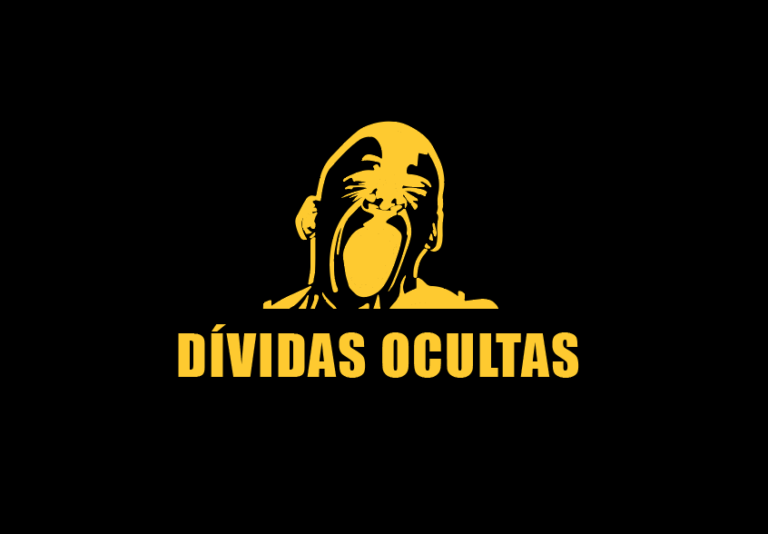
In 2013, bankers in Europe, businesspeople based in the Middle East, and senior politicians and public servants in Mozambique conspired to organise a USD 2 billion loan to Mozambique – an incredible 12% of GDP of one of the poorest countries in the world. The loan was kept hidden. None of the borrowed money, except bribes, went to Mozambique, and there were no services or products of benefit to the Mozambican people.
The knock-on effects of such a huge corruption scandal may already have cost Mozambique at least USD 11 billion – nearly the country’s entire 2016 GDP – and almost 2 million people have been pushed into poverty. If Mozambique is forced to service this debt, there is USD 4 billion more to pay, on top of future damaging impacts.
This report is an inventory of the huge costs and consequences of the hidden debt scandal – measuring them in numbers where possible and tracing the chain of harmful events and tendencies resulting from it. The impacts were economic (direct costs and damages), social (reducing welfare), and institutional (worsening politico-institutional environment).

